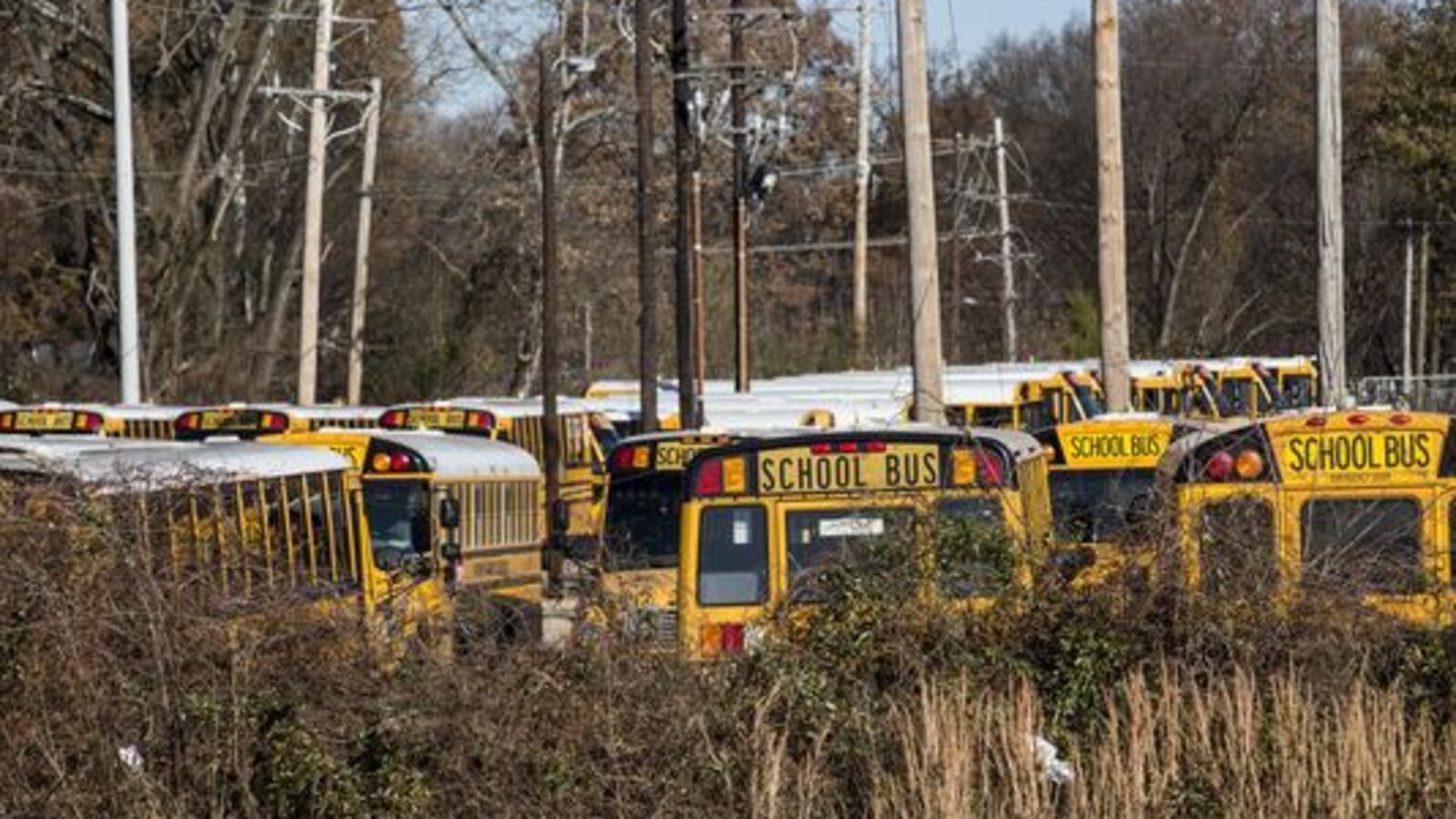About 700 students at five Memphis schools will be rezoned to a school closer to home, the Shelby County Schools board voted Tuesday. Two other schools will reconfigure the grades they serve.
Amid long-standing concerns over declining enrollment and aging campuses, these changes are the first step in former superintendent Dorsey Hopson’s massive facilities footprint plan that could consolidate 28 old facilities into 10 new ones.
The final vote represents a small portion of Hopson’s plan to rezone some 3,200 students to schools closer to home. The decision also affects fewer students than Interim Superintendent Joris Ray’s adapted proposal to rezone 1,300 students. No decisions have been made on whether Ray will act on the rest of Hopson’s plan, but he said there would be more conversations in the coming weeks.
Ray last week called the rezonings “low-hanging fruit,” but board members voted down some of his recommendations for about 650 students at three schools in Germantown.
“We know the footprint plan will continue under Dr. Ray, so there’s opportunity to revisit,” said Kevin Woods, who represents Germantown and opposed the rezoning there. “Families [in Germantown] believe they are attending a school that is preparing them for college and career, and I did not want to take that from them.”
These are the schools affected by the rezonings with maps:
- 148 students from Southwind Elementary to Highland Oaks Elementary
- 89 students from Highland Oaks Elementary to Southwind Elementary
- 117 students from Sheffield Elementary to Getwell Elementary
- 55 students from Kate Bond Middle to Mt. Pisgah Middle
- 260 students from White Station High to Melrose High
Previous rezoning proposals for Ross Elementary and Douglass K8 were postponed because changes “could have potentially caused crowded conditions,” said Michelle Stuart, the district’s director of facility planning and property management. The rezonings take effect in August.
Students in rezoned neighborhoods can choose to stay at their current school, but parents would be responsible for transportation. This provision won the support of some board members who worried the rezoning would drive some families out of the district altogether.
Board member Joyce Dorse-Coleman, whose district includes Melrose High School, warned against adding more classes there without asking students what they wanted.
“We need to be intentional about putting the right kinds of programs for students at Melrose, not just throwing programs in there to get the students back,” she said.
In addition, the board decided to fold Hamilton Elementary into the adjacent Hamilton Middle to make a K-8 school, saving the district $3.3 million in scheduled maintenance costs for the 55-year-old elementary school building. The decision would also boost enrollment at the middle school to 86 percent of its capacity.
Meanwhile Raleigh Egypt Middle/High, which operates in two buildings on the same campus, will separate again into two administrations, bringing full circle a more than three-year saga over how to improve academics at the middle school, which has been among the state’s lowest performing.

